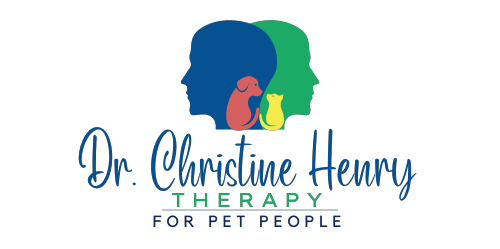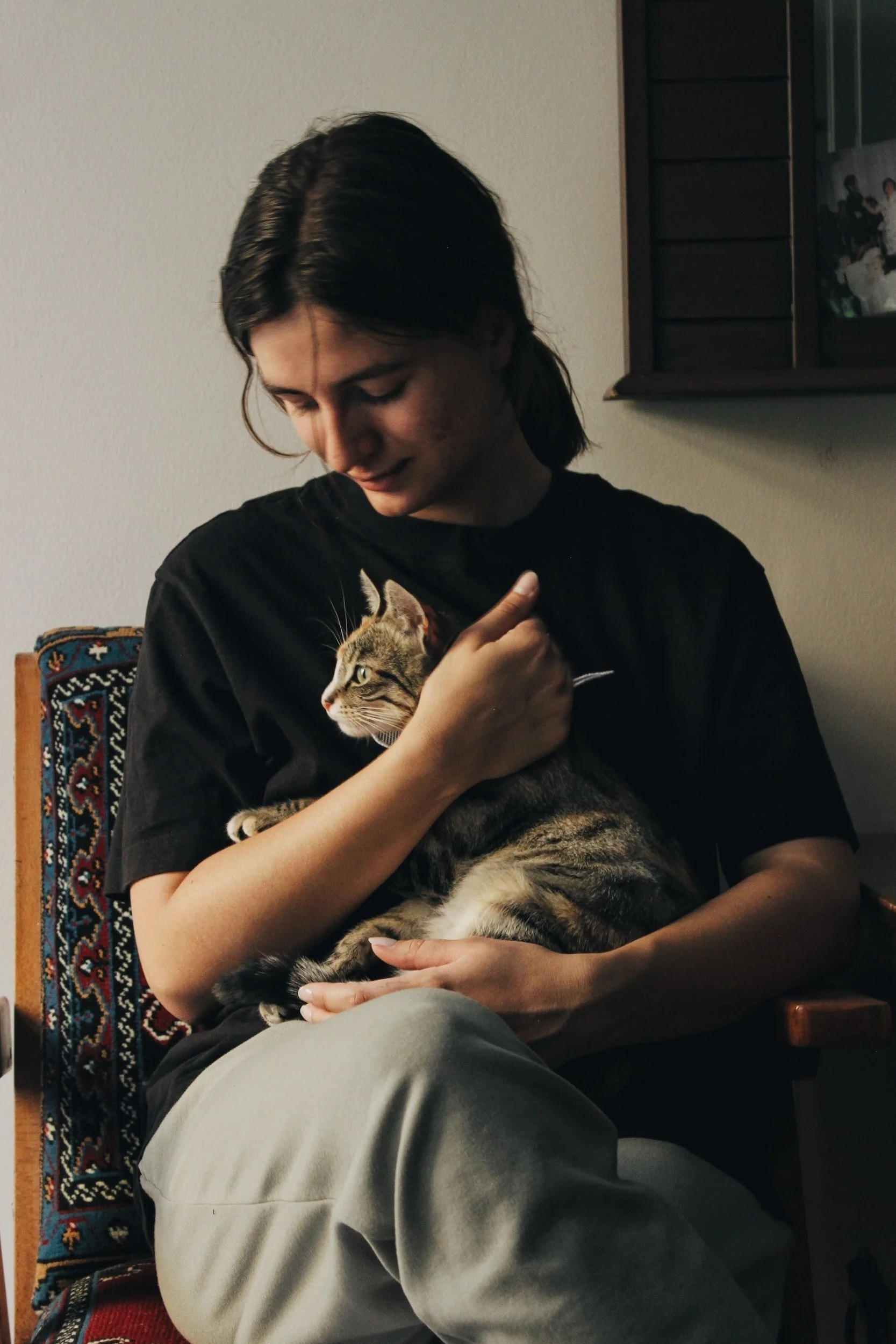Complex Trauma Resources
Understand complex trauma and its effects. Access compassionate support, resources, and strategies to heal and reclaim your life with confidence.
If you feel overwhelmed - reach out and I can help you break this down.
What is Complex post-traumatic stress disorder (complex PTSD)
Journal Articles
Developmental Trauma Disorder A new, rational diagnosis for children with complex trauma histories
Clinical Significance of Proposed Diagnosis of Developmental Trauma
Complex PTSD: what is the clinical utility of the diagnosis?
Books
Complex PTSD: From Surviving to Thriving: by Pete Walker
The Tao of Fully Feeling: Harvesting Forgiveness Out of Blame by Pete Walker
Adult children of emotionally immature parents by Lindsay Gibson
The Body Keeps Score by Bessel van der Kolk
Toxic Parents by Susan Forward
Adult Children of Emotionally Immature Parents by L. Gibson
When Pleasing You is Killing Me by Les Carter
Codependent No More by Melody Beattie
Transforming The Living Legacy of Trauma: A Workbook for Survivors and Therapists by Janina Fisher
Unfuck Your Brain with Kara Loewentheil
The Emotionally Absent Mother: How to Recognize and Heal the Invisible Effects of Childhood Emotional Neglect by Jasmin Lee Cori
It Didn't Start with You: How Inherited Family Trauma Shapes Who We Are and How to End the Cycle by Mark Wolynn
Let’s Talk
If you have questions or want support, please reach out to me and we can get started.
Activating The Vagus Nerve
The vagus nerve is a crucial component of the parasympathetic nervous system, which is responsible for regulating various bodily functions, including heart rate, digestion, and respiratory rate. It plays a significant role in the body's stress response.
The are things we can do to reduce our stress response and to turn our calming response back online.
Articles:
Frequency Meditations
Binaural Beats (8D audio) - Use Headphones to Get Full Effect
Binaural beats are an auditory illusion perceived when two slightly different frequencies are presented to each ear separately. The brain perceives a third tone, which is the mathematical difference between the two frequencies. For example, if one ear receives a tone at 200 Hz and the other at 210 Hz, the brain will perceive a third tone at 10 Hz, which is the difference between the two frequencies. There is some research suggesting that it is helpful for trauma recovery.
Alpha (energizing): Alpha brainwaves oscillate at a frequency range of approximately 8 to 12 Hz.
Theta (moderately relaxing): Theta brainwaves oscillate at a frequency range typically between 4 and 8 Hz
Delta (more relaxing): Delta brainwaves are the slowest brainwave frequencies, typically ranging from 0.5 to 4 Hz,
Gamma (energizing): Gamma brainwaves are the fastest brainwave frequencies, typically ranging from 25 to 100 Hz
“Green Noise” Playlist: Green noise has a perceptual emphasis on lower frequencies while gradually decreasing in intensity as frequency increases.
“Brown Noise” Playlist: Brown noise is characterized by a power spectral density that decreases by 6 dB per octave as frequency increases. This means that as the frequency of the noise increases, its intensity decreases at a rate of -6 decibels per octave.
“Pink Noise” Playlist: Pink noise is a type of random noise characterized by a frequency spectrum in which the power density decreases with increasing frequency. Pink noise is commonly found in nature and is often associated with sounds like rustling leaves, steady rainfall, or the wind.
Alternatives to Focusing on the Breath Meditations
General Meditation
Brief Guided Meditation for Shame and Self-Compassion
Meditation to Calm Overthinking
Guided Imagery
Redwood Forest Soundscape | 4K virtual forest walk
Progressive Muscle Relaxation
How to do Progressive Muscle Relaxation
Mindfulness Exercise: Body Scan
Videos:
PMR (Progressive Muscle Relaxation) to Help Release Tension, Relieve Anxiety or Insomnia
Movement Meditation
Energizing Flow Meditation - Guided Meditation For ADHD and those who can’t sit still
Spicy Meditations
F*ck That: An Honest Meditation
Calm as F*ck: A Potty-Mouthed Meditation for Real People | Let That Shit Go
Video Games
Playing Tetris Can Help (PTSD symptoms can be reduced through a single treatment session that includes Tetris)
Relationships
How complex PTSD can affect relationships
Parenting
Growing Up Again: Parenting Ourselves, Parenting Our Children by Jean Illsley Clarke and Connie Dawson.
Family Dynamics
Let’s Talk
If you have questions or want support, please reach out to me and we can get started.
Racial Trauma as a subset of Complex Trauma
Adding To This Page…
I am continuously adding to this page as I get new information so come check back to see new additions. If you have any resources that you have found helpful but are not listed please email me as I would love to add them: henry@therapyforpetpeople.com
Please forgive any typos or broken links. As an ADHDer it’s a challenge for me to keep up but I am making it a priority as this page is truly a labor of love. Be sure to forward the link to others in your life who may benefit from this information. Bring some food and water as this is a deep deep dive into all things neurodivergent.
Explore More Resources
Questions? Need Support?
If you have questions or need support, please reach out to me! This journey can be difficult, but you don’t have to walk it alone.





















